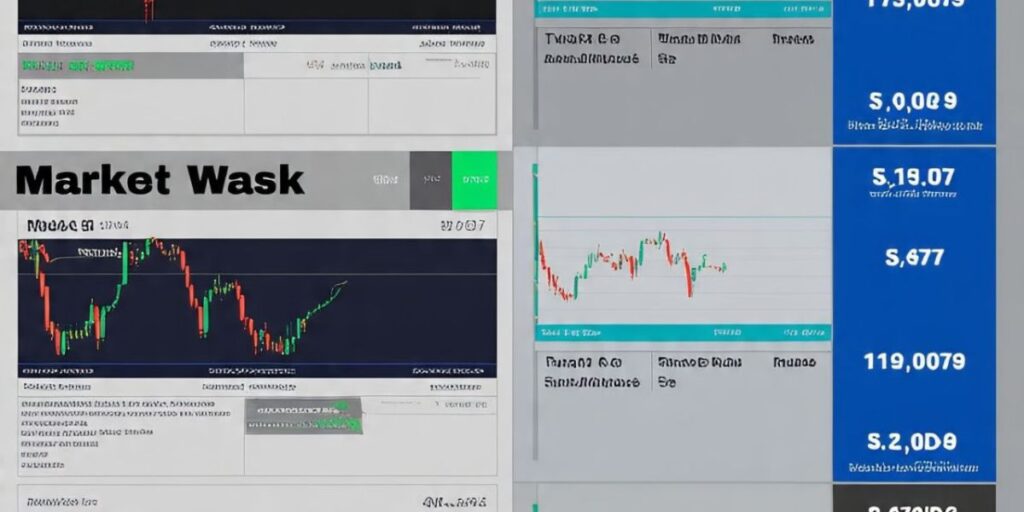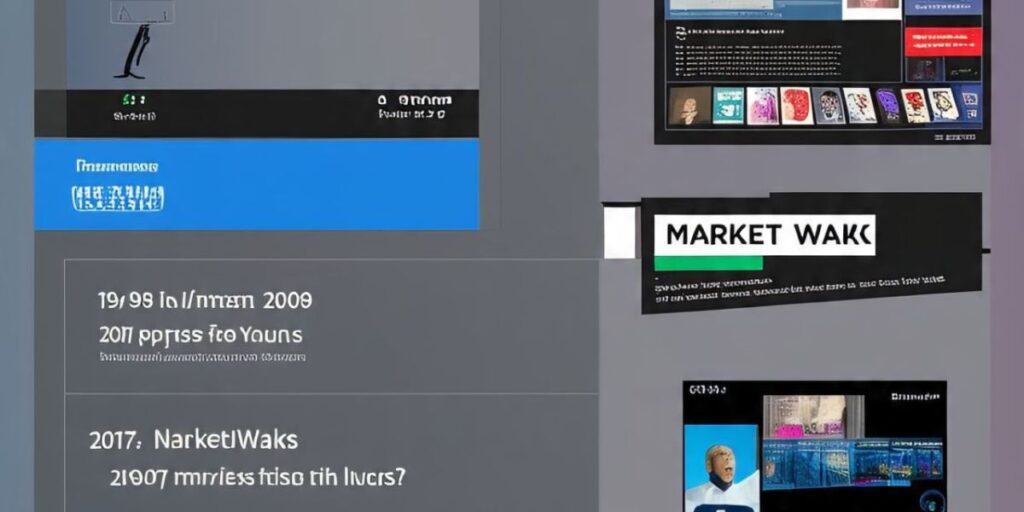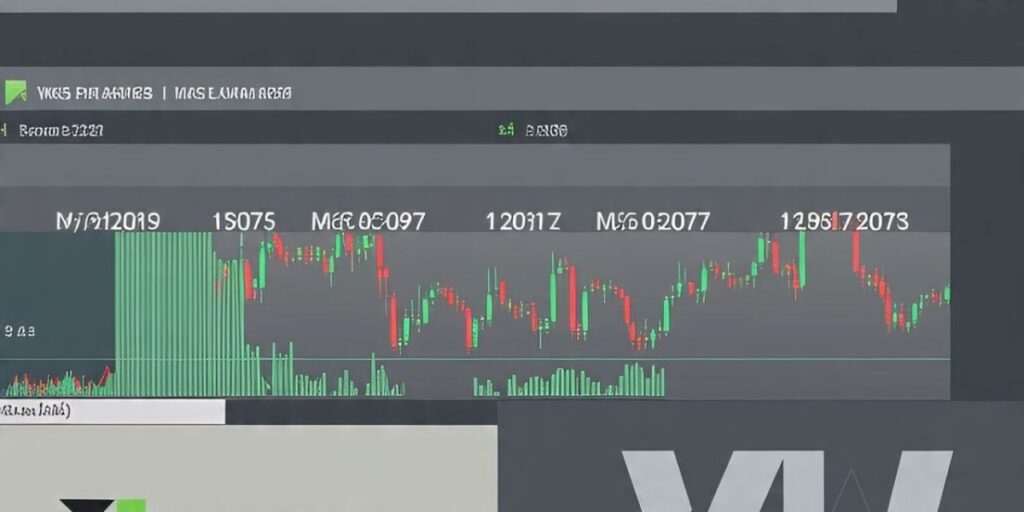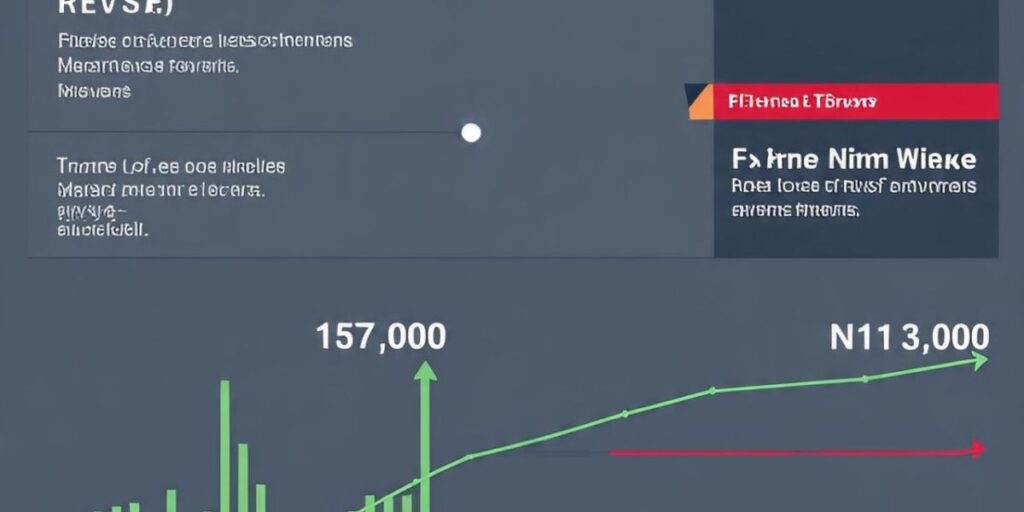Why MarketWatch Still Matters in 2025
You know what’s wild? In a world constantly refreshing every 0.02 seconds—where Reddit threads move faster than newsrooms and TikTok can move a stock price—MarketWatch is still a household name.
Seriously. It’s 2025, and people are still checking MarketWatch like it’s their morning coffee. There’s something about that green-on-black ticker and punchy headlines that just sticks. It’s not just nostalgia—it’s reliability. It’s speed. It’s how, despite the noise, MarketWatch remains laser-focused on what moves the market.
In a time when everyone thinks they’re a day trader and AI-generated hot takes clutter your feed, MarketWatch still matters. Why? Because it keeps things real. It cuts through the fluff and gives you actual, actionable insights. And not just for boomers in suits—Gen Z, crypto bros, meme-stock warriors, everyone’s tuned in.
Let’s rewind a bit—because how we got here is just as interesting as where MarketWatch is headed next.
1997–2005: When MarketWatch Was the New Kid with a Modem

The year was 1997. Titanic ruled the box office, AOL chat rooms were popping, and the Nasdaq was this new thing everyone suddenly cared about. Somewhere in that dial-up haze, MarketWatch was born—founded by Larry Kramer, not the playwright, the media guy.
MarketWatch wasn’t your average financial news site. It was scrappy, fast, and digital-first before that even meant anything. CNBC was on TV, Bloomberg was for Wall Street pros, but MarketWatch? It was for the people (well, people who had an internet connection and cared about stocks).
It’s secret sauce? Real-time data. No waiting for the next day’s newspaper or a delayed feed. You could sit at your clunky desktop, hit refresh, and boom—stock prices, headlines, and market sentiment, all there.
It surfed the dot-com wave like a pro. Not just riding the hype but covering it in real time. When Pets.com exploded (then imploded) and when Amazon was still a weird online bookstore, MarketWatch was reporting live from the trenches.
And hey, it wasn’t always pretty—stock tickers crashed, headlines sometimes lagged—but for its time, it was revolutionary. It felt alive.
2006–2015: Finance News Gets an Upgrade
By the mid-2000s, the world had gone wireless, Wall Street was shifting online, and MarketWatch? It was evolving.
After being bought by Dow Jones in 2005, it gained the kind of street cred that makes investors take you seriously. It was no longer just the internet kid—it was sitting at the adult table.
More importantly, it shaped how retail investors consumed news. You know the ones—people who weren’t hedge fund managers but wanted skin in the game. Suddenly, everyday folks were learning about ETFs, bond yields, and GDP trends—on their lunch breaks.
MarketWatch became that bridge between “I have no idea what a derivative is” and “I just bought Tesla at $18.”
And their headlines? Sticky. Click-worthy, but not clickbait. You’d scroll past The Wall Street Journal, then stop cold at a MarketWatch piece that said, “This one indicator predicts a 2008-style collapse.”
Spoiler alert: They weren’t always right. But the influence was real. MarketWatch helped financial literacy feel… less intimidating. Less like calculus, more like a casual conversation.
2016–2020: Real-Time News for a Real-Time World

Then came the chaos. Brexit. Trump. Trade wars. Tweets move markets. And suddenly, the need for instant, trustworthy financial news wasn’t optional—it was oxygen.
MarketWatch leaned hard into real-time updates. Their mobile notifications? Fast and (usually) accurate. Their political coverage? Surprisingly nuanced. They weren’t just reporting stock prices—they were translating what events meant for your portfolio.
Remember the 2016 election night? Dow futures plunged 900 points, and people panicked. MarketWatch didn’t flinch. It tracked every tick, every shift, helping readers understand, not just react.
Or take 2020. The world stopped, but the markets didn’t. Zoom went to the moon, Hertz filed for bankruptcy, and oil prices turned negative—yes, negative. Through it all, MarketWatch became a lifeline for clarity.
They brought a sense of calm in a hurricane. Not perfectly, not always, but enough to make a difference.
2020–2025: Apps, AI, and the New-Age Investor
If you haven’t checked out the MarketWatch app in the last few years, you’re missing out.
It’s clean, it’s fast, and it doesn’t bombard you with stuff you didn’t ask for. Whether you’re tracking your portfolio, setting alerts, or reading up on Nvidia’s latest AI chip drop, it’s all there. Just swipe, tap, done.
What makes the 2025 version feel different? Personalization. The AI-driven algorithms aren’t just pushing trending stocks—they’re learning your preferences. If you’re into dividend stocks or crypto or obscure Scandinavian ETFs, the app adapts. Like Spotify for investors.
And the AI tools? Game-changer.
Now, instead of scrolling through 15 pages of technical analysis, you can tap a button and get instant summaries—“Stock XYZ is showing bearish divergence on RSI with weakening volume.” Straightforward. Digestible. No fluff.
User feedback has been solid too. Most reviews highlight how easy it is to use, especially for beginners. One guy wrote, “Feels like having a financial advisor in your pocket, but less judgy.” Fair point.
More interesting, though, is the cultural shift. MarketWatch has become part of that daily scroll for a whole new wave of investors—Gen Z, crypto holders, and side hustlers. Not everyone’s trading options, but they all want to know what’s going on.
And honestly? MarketWatch delivers.
So, What’s Next?

That’s the million-dollar question, right?
MarketWatch in 2025 is solid, but where it goes from here depends on how it keeps riding the culture wave.
It’s already experimenting with short-form video content. Think TikTok but with charts. Weird? Kind of. Effective? Surprisingly, yes. They’re also testing voice-activated updates via smart assistants—“Hey Siri, what’s the MarketWatch top story right now?”
There’s even buzz about using blockchain tech for transparency in reporting (yes, we know, blockchain everything—but this might make sense).
But the real future? It’s not just about tech—it’s about trust. In a world where finance influencers can cause a 20% swing in a penny stock and fake headlines spread like wildfire, people are craving credibility.
MarketWatch has that in spades. If it can keep the speed and personalization while holding onto its journalistic backbone, it’ll thrive—even if we’re all investing in AR headsets in five years.
Final Thoughts (And A Slight Rant)

Look—financial journalism isn’t sexy. It’s not going to win Oscars or viral trends every week. But it matters. Because money matters. Because people’s retirements, dreams, and midnight Robinhood trades hinge on what they read.
And through all the chaos, MarketWatch stayed steady. Not perfect, but present.
That’s something worth holding onto.
So next time you check your portfolio and wonder why your biotech stock tanked before noon, just remember, MarketWatch probably already told you why.



